Episode 224: Splitting focus, allowing mistakes and growth mentality
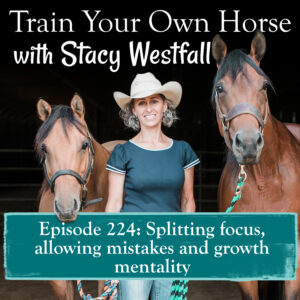
Here is how I would describe the ideal rider and horse experience at a horse show:
Ideally, the rider is focus on:
-what’s happening with the horse (the horse’s experience)
– the task at hand (test, obstacle, etc.)
– what the rider needs to adjust or change or continue doing to support the horse and complete the task
Ideally, the horse is focused on the rider with a soft awareness of surroundings.
THE CHALLENGE is learning to navigate multiple areas of focus, seemingly at the same time.
Showing often brings up an awareness of what is not working, including:
the rider forgetting the pattern, not supporting the horse, not focused on adjusting to the actual environment, and/or what others might think about their riding.
Also discussed are common horse issues, the role of mistakes and growth mindset as you advance as a rider. The benefits of riding with FOCUS and the side effects that are beneficial in all areas of riding.
1 Comments
Leave a Comment
SUBSCRIBE TO THE PODCAST HERE:
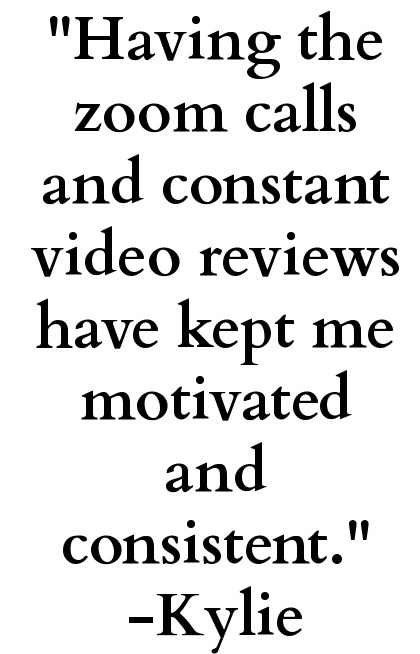
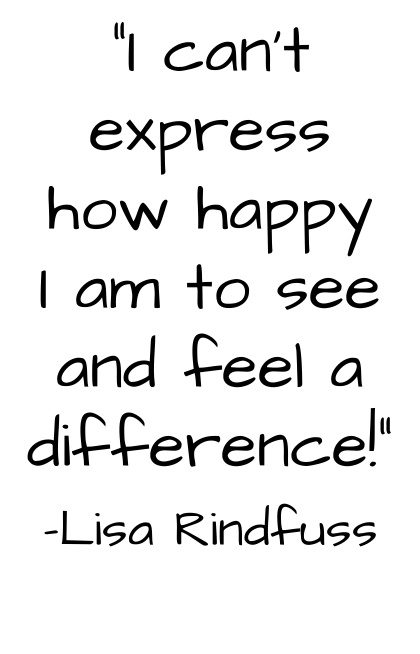
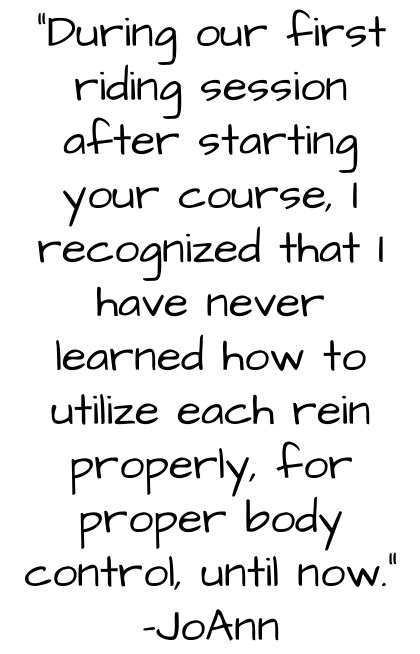
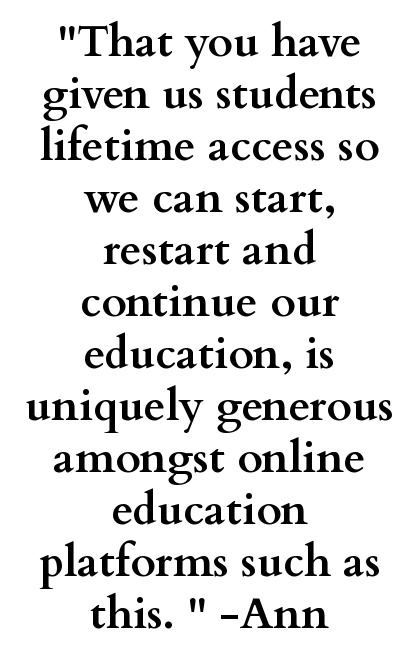
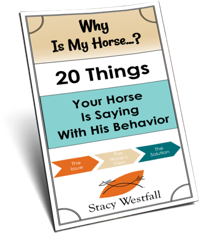
YOURS FREE
WHY IS MY HORSE...?

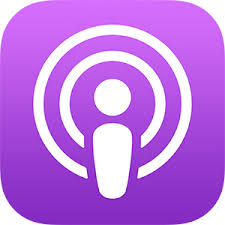
Great podcast to help the rider/trainer advance in horsemanship. I love listening to your podcasts as they teach that 99% of what transpires with horses comes from inside the brain of the person working with the horse. After having horses and riding horses most of my life, your podcasts have helped me to become more thoughtful, respond vs react better, see the big picture better, more caring for my horse and how they learn, think ahead, understand feelings and emotions and what affects them, it goes on and on. When we know better we try and do better. The human is more the wild card and more the work in progress than the horse and is the place to start when it comes to human and horse interactions.